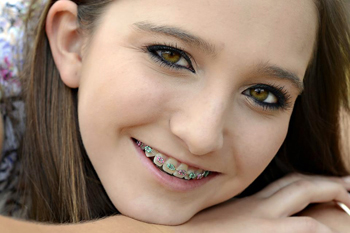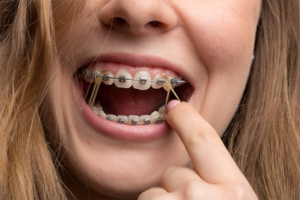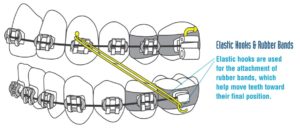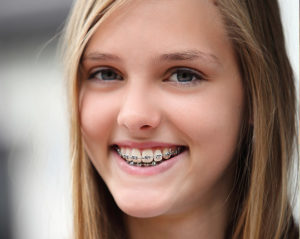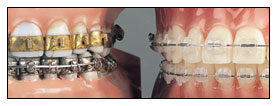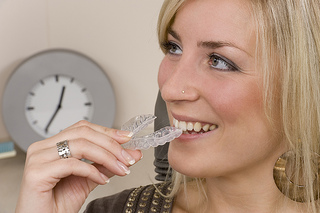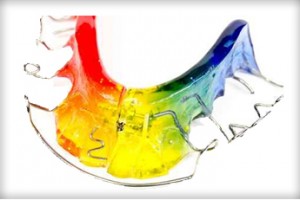How To Handle Orthodontic Emergencies While On Vacation
June 12th, 2024

School is out and summer vacations are just around the corner. Vacations are all about fun, so the last thing you want to do during your summer vacation is to think about or deal with an orthodontic emergency. Don't worry, we've got you covered. Here are a few helpful reminders to keep your orthodontic appliances in check:
We're A Phone Call Away
First and foremost, remember that the team at Bel Air Orthodontics is here for you whether you are in town or away on vacation. If you have an orthodontic emergency, give us a call immediately and we'll do our best to address the problem over the phone.
Find A Helping Hand
Second, if we are unable to help you fix the problem over the phone or if you have difficulty reaching our office, we suggest going online and searching for orthodontic practices in your area. Most orthodontists will lend a helping hand to another orthodontic patient and get them out of discomfort. In fact, Dr. Godwin has helped many out-of-town summer campers himself. It's important for you to schedule a visit with us once you return from vacation so that Dr. Godwin can assess the problem and make any necessary adjustments to your orthodontic appliances. Please keep in mind that broken braces, wires or other appliances will not be repaired at your regular adjustment appointment
unless you notify us in advance.
Keeping Your Braces Safe
Third, if you lose your retainers, don't panic! Call our office immediately so that we can schedule an appointment to take scans for new appliances. Vacations and great food go hand in hand, so we realize that it can be more challenging to keep track of your retainers while away from home. To avoid losing your retainers, please do not wrap them in a napkin. Dr. Godwin suggests putting your retainers in their case for safe keeping.
Last but not least, if you have braces, Dr. Godwin urges you to steer clear of the following foods to avoid broken brackets and/or wires while you are on vacation:
- Chewy, sticky or gummy food . . . For example, we know that Boardwalk favorites like salt water taffy and caramel popcorn are temping summertime treats, but they're off limits to patients in braces!
- Apples, pears and other whole foods . . . They're fine if you cut them into thin wedges or bite-size pieces before consuming.
- Bagels and hard rolls
- Bubble gum
- Popcorn
- Corn on the cob - unless you cut it off the cob
- Hard candies
- Hard cookies, pretzels and nuts
Follow these tips and you can have a worry-free vacation. Have a great summer!




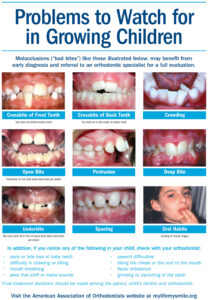


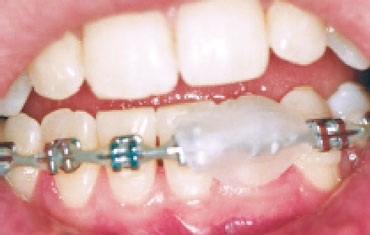
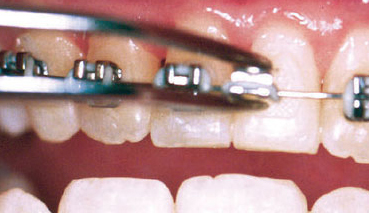
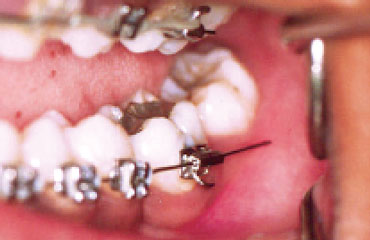


 Every October, the American Association of Orthodontists (AAO) takes the spotlight during National Orthodontic Health Month. It’s a time when orthodontists reach out to patients and their community to increase public awareness about the benefits of orthodontic care.
Every October, the American Association of Orthodontists (AAO) takes the spotlight during National Orthodontic Health Month. It’s a time when orthodontists reach out to patients and their community to increase public awareness about the benefits of orthodontic care. While you may just see a shiny smile full of metal or ceramic, the truth is that there is so much more going on beneath the surface of creating that beautiful new grin. Braces might just look like a bunch of metal parts, but each component is strategically placed to help guide your teeth into proper alignment. In fact, each of these components is designed to work so well together that you must immediately address any type of breakage to avoid delays in your treatment.
While you may just see a shiny smile full of metal or ceramic, the truth is that there is so much more going on beneath the surface of creating that beautiful new grin. Braces might just look like a bunch of metal parts, but each component is strategically placed to help guide your teeth into proper alignment. In fact, each of these components is designed to work so well together that you must immediately address any type of breakage to avoid delays in your treatment.
 With the start of a new school year, parents and kids everywhere are heading out to stock up on back-to-school supplies. If you're undergoing orthodontic treatment, we'd suggest adding a few extra supplies to your backpack. Here's a list of items that will help make your school year braces-friendly and worry free:
With the start of a new school year, parents and kids everywhere are heading out to stock up on back-to-school supplies. If you're undergoing orthodontic treatment, we'd suggest adding a few extra supplies to your backpack. Here's a list of items that will help make your school year braces-friendly and worry free: When most people think about orthodontics, they imagine teenagers getting their first set, or adults who want to correct their smiles later in life. Rarely does the thought take you to a child who still has some baby teeth in their mouths. With that in mind, it may surprise you to learn that some developmental problems are best treated at any early age, often in two separate phases.
When most people think about orthodontics, they imagine teenagers getting their first set, or adults who want to correct their smiles later in life. Rarely does the thought take you to a child who still has some baby teeth in their mouths. With that in mind, it may surprise you to learn that some developmental problems are best treated at any early age, often in two separate phases.

